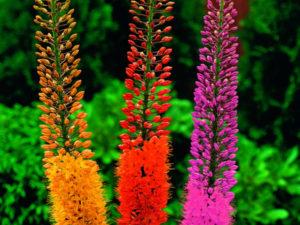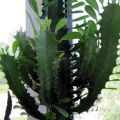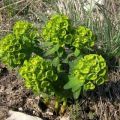Description of milkweed tirucalli, planting and care at home, reproduction
Succulents are houseplants that do not require much maintenance. They are adapted to grow up in unfavorable conditions. One of the succulents - euphorbia tirucalli - has an unusual appearance. It has long shoots that do not have leaves in adulthood. Inflorescences are yellow, tubular. At home, the flowering of the plant is rare. Further, a description and characteristics of the culture, information on growing and caring for a flower.
The history of milkweed tirucalli
The habitat of euphorbia tirucalli is Africa. The culture is capable of growing in arid conditions. For this reason, euphorbia is grown for animal feed in regions where rainfall is rare..
Description and characteristics of culture
Euphorbia tirucalli is a suitable plant for large spaces. With good care, without pruning, the culture at home reaches a height of 6 meters.
Stem
Milkweed shoots are round, fleshy. They contain poisonous sap, which does not affect animals, but is dangerous to humans. Young plants have green branches. With the growth of euphorbia of tirucalli, the color of the stems changes to gray-green.
Note! Milkweed juice is poisonous, so all work with the flower is carried out with gloves. Any liquid that accidentally falls on open areas of the body is thoroughly washed off with running water.
Leaves
On young milkweed, linear leaves of bright green color are formed. Their length does not exceed 12 centimeters. The growing season of euphorbia tirucalli falls in the spring and summer. In the off-season, the leaves fall off, remaining only on the tops of the plants.

Flower and bloom
The buds begin to bloom in October. The inflorescences are tubular flowers. The petals are painted in tones of a yellow palette. Blooming at home is rare.
Dormant period
In winter, euphorbia tirucalli begins a period of rest. During this period, the pot with the plant is placed in a room with an air temperature of 12-14 ° C. The flower is watered in winter no more than 1 time a month, no feeding is done at all.
Reproduction
At home, spurge tirucalli is propagated by cuttings. The procedure is performed as follows:
- cut the cuttings with a sharp knife;
- wash off the milky juice under running water;
- dry during the day;
- planted in a pot with a light, loose substrate;
- cover with foil.
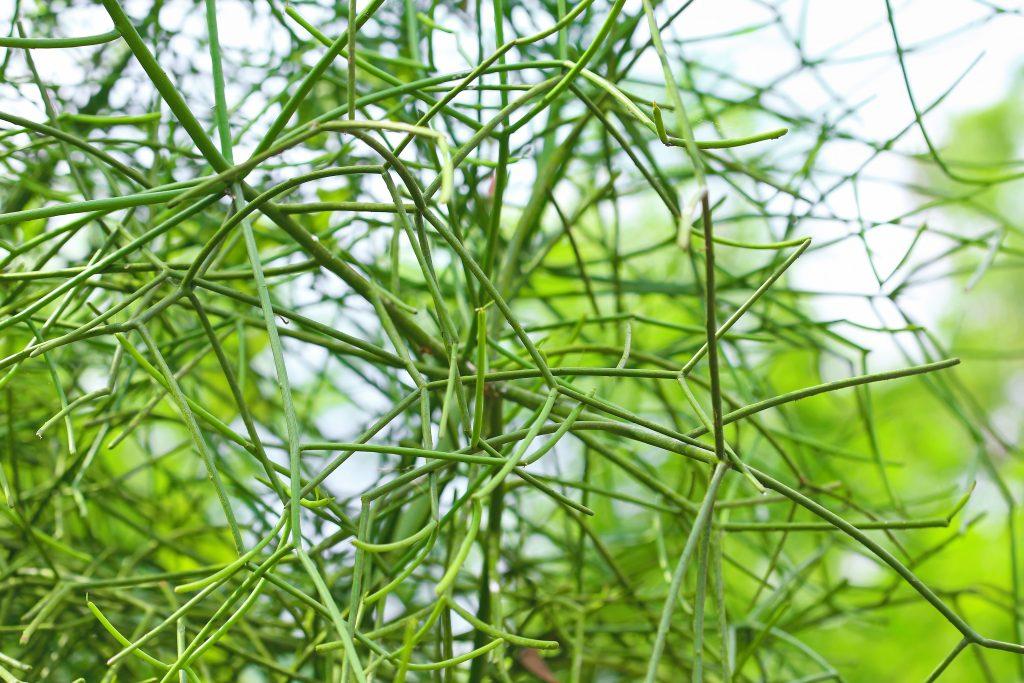
The shelter is periodically removed, the cutting is watered as necessary. The plant takes root quickly.
Important! The cut cutting must be dried in the air for at least a day. This will prevent it from rotting when planted in the ground.
Necessary conditions for growing
For a plant to thrive, it needs to be provided with conditions similar to those under which it grew in nature.
Optimum air humidity
Euphorbia tirucalli tolerates dry air well. Therefore, the plant does not need additional moisture. Periodically euphorbia for hygienic purposes, you can arrange a shower. The water will wash away dust that interferes with the flower's breathing.
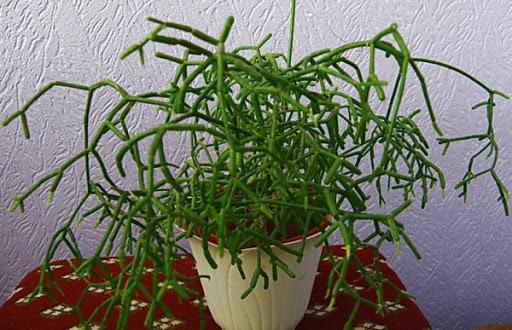
Temperature regime
A thermophilic succulent plant prefers to grow at a temperature of 21-25 ° C. In summer, spurge can be taken out into the fresh air. Place the bush in a place protected from cold winds and bright rays of the sun. In winter, euphorbia tirucalli is kept in a room with an air temperature of 12-14 ° C.
Illumination
Succulent is not very picky about lighting, but it will look more decorative on the windowsill on the south side of the room. It must be protected from bright sun glare. In a place that is too dark, the shoots will weaken and stretch.
Required soil composition
The substrate for milkweed is selected loose, light. You can independently make a soil mixture from the following components:
- leaf compost;
- sod land;
- river sand.
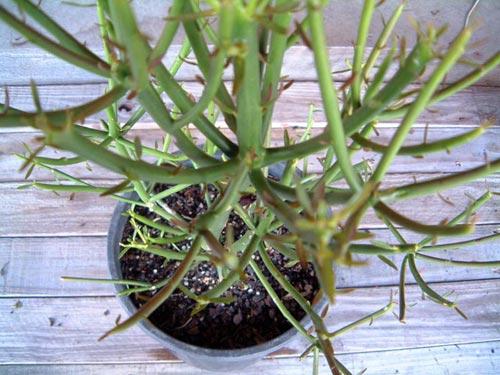
For planting euphorbia tirucalli, you can purchase ready-made soil for succulents.
How to plant a plant at home
The euphorbia purchased from the store requires a transplant, since it is in the transport soil. Previously, it is quarantined to identify possible diseases and pests. If none are found, the transplant is started after 10-15.
Cooking a seedling
The flower is carefully removed from the old pot. Shake off part of the old soil from the root system. If there is damage on the shoots or roots, they are removed. Places of cuts are disinfected with activated carbon.
Note! The new container for milkweed tirucalli is selected slightly larger than the previous one. It should be wide, but not deep.
Drainage and soil preparation
The pot must have holes for draining excess liquid. At the bottom of the container, drainage is laid out, consisting of expanded clay, small stones, brick chips. Otherwise, due to stagnant moisture, the root system of the euphorbia of tirucalli can rot.
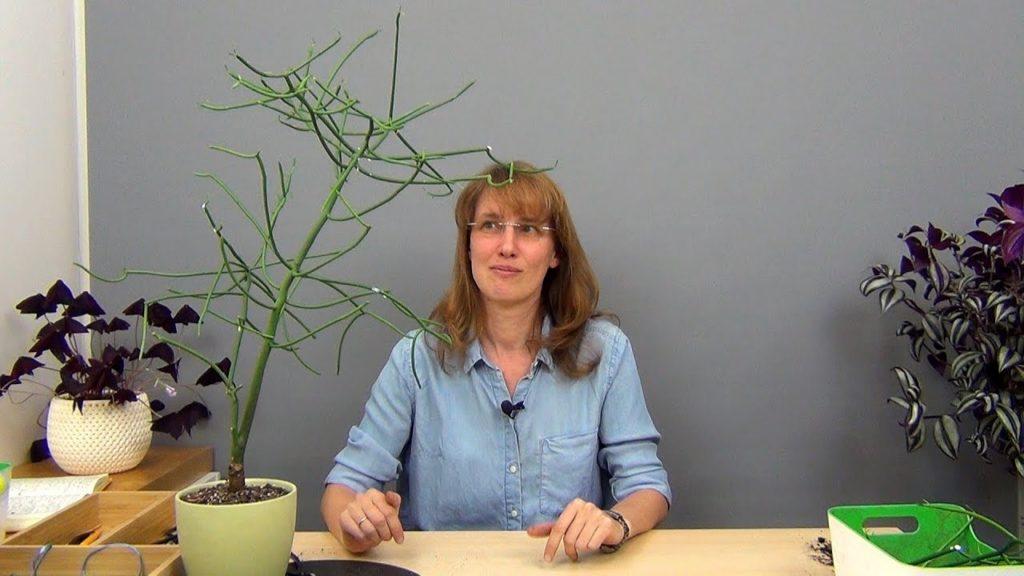
Schematic planting of milkweed
Planting a flower in a new pot is done as follows:
- drainage is laid out on the bottom of the pot;
- pouring a loose substrate;
- euphorbia is planted, the root system is covered with earth;
- watered.
The transplanted plant is placed in a warm place. Frequent watering is not required. The rooted apical stalk is planted in the same way.
Home care
Care for the milkweed tirucalli consists in infrequent watering, feeding. In order for the bushes to branch beautifully, they are subjected to shaping. The cuttings remaining after pruning can be rooted and new plants grown from them. If the spurge is exposed to an invasion of pests, it is treated with special preparations.
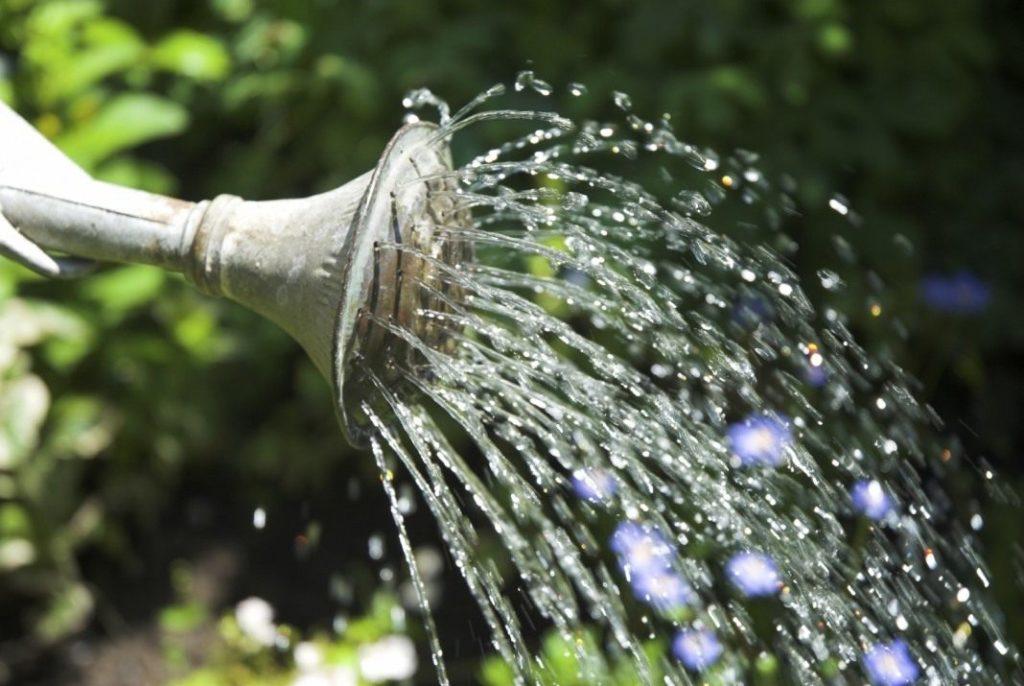
Watering
The flower does not need much moisture. Watering is carried out after the top layer of the soil has dried by 2.5-3 centimeters. They use warm, settled water. In winter, the soil is moistened no more than 1 time per month. Water is poured not under the plant, but along the edge of the pot. From excess moisture, putrefactive microorganisms can affect the flower.
Pruning
Euphorbia tirucalli grows rapidly. This creates an inconvenience when growing a bush in a small room. Therefore, the overgrown shoots can be cut off. Use a sharp tool. To prevent the transfer of possible diseases, it is disinfected. The cut sites are also disinfected.Cuttings are used for reproduction.
Top dressing
Euphorbia tirucalli naturally grows in depleted soils. At home, it is enough to feed the plant 1 time in spring and 1 time in summer. Use a fertilizer for succulents.
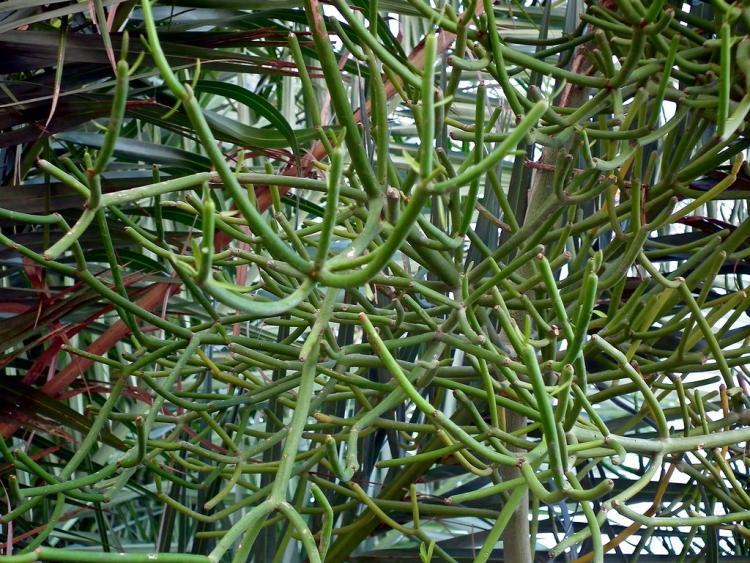
Important! Organics for feeding euphorbia are not used, since the nitrogen in it negatively affects the development of the plant.
Formation
A florist can form a bush at his own discretion. For example, with frequent pruning of apical cuttings, the flower will begin to grow in breadth. If it is necessary to grow a tall succulent, the shoots are cut only occasionally.
Transfer
Young spurge is transplanted annually. The pot is selected a little more than the previous one. It should be wide, not deep. Drainage material is laid out at the bottom. The soil is used loose, air and permeable. Adult bushes can be transplanted less often: 1 time in 2-3 years.
